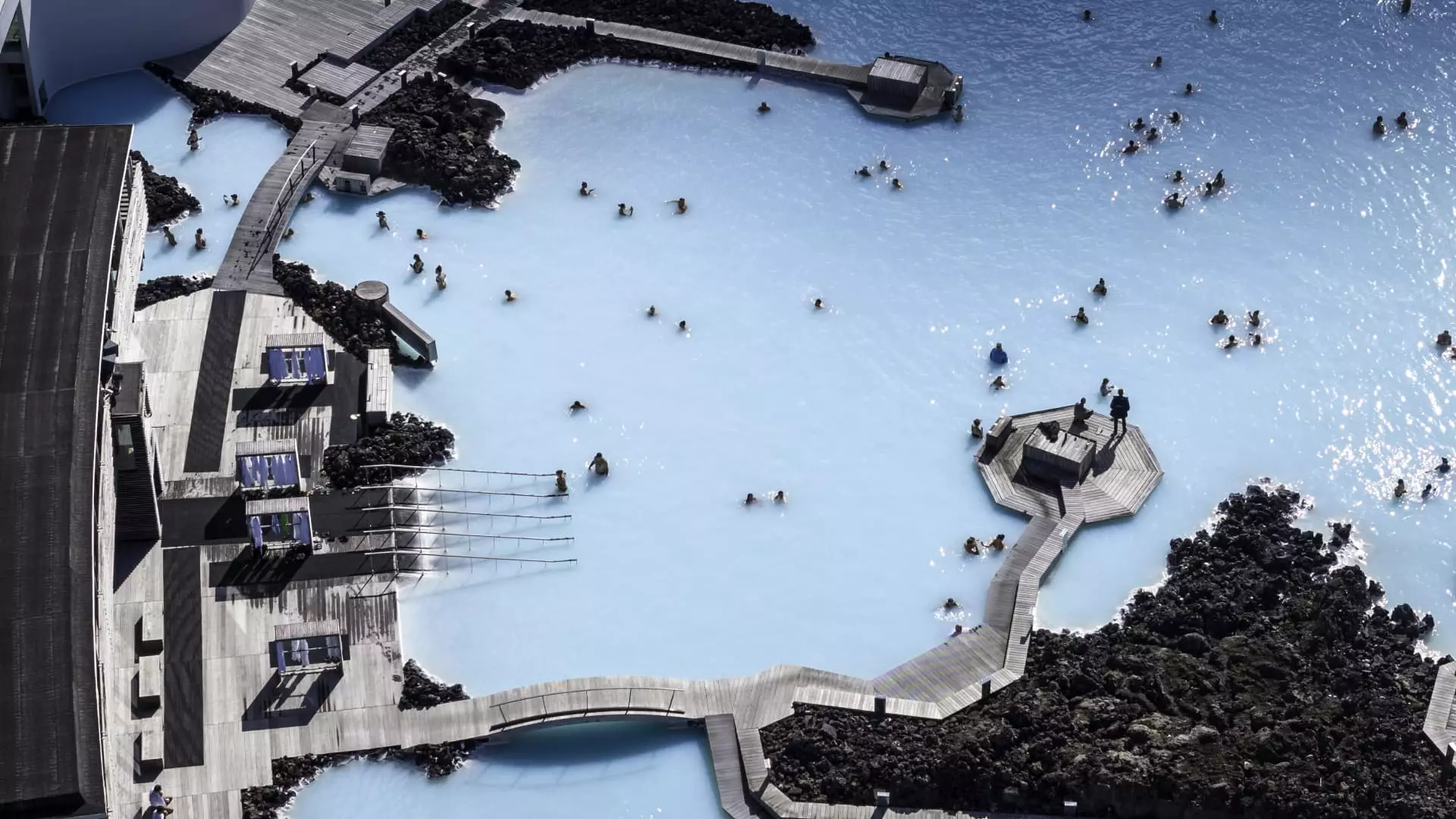Iceland is a country known for its stunning natural landscapes, including bubbling hot springs, ice caps, and volcanic terrains. The tourism sector in Iceland has been a significant source of income for the country, with millions of visitors flocking to its shores every year. However, the exponential growth in tourism has also raised concerns about the negative impacts of overtourism on the environment and local residents.
In response to these concerns, Iceland’s government has implemented measures to address the environmental impact of mass tourism. One such measure is the reinstatement of a tourism tax at the beginning of the year, aimed at raising funds for sustainability programs and mitigating the negative effects of tourism on the country’s natural resources. The tax applies a nominal fee to hotel rooms, campsites, mobile homes, and cruise ships, with the goal of controlling traffic and reducing overcrowding at popular tourist sites.
Despite facing challenges such as volcanic eruptions and seismic activities, Iceland’s tourism sector has rebounded from the Covid-19 pandemic and is expected to continue growing in the coming years. The country anticipates receiving millions of visitors annually, with tourism revenue playing an increasingly important role in Iceland’s economy. In fact, the tourism sector accounted for a significant portion of Iceland’s GDP in recent years, surpassing pre-pandemic levels.
Prime Minister Bjarni Benediktsson has emphasized the need for a more sustainable approach to tourism taxation in Iceland. He envisions a system where the “user pays,” with accession fees to popular tourist attractions helping to regulate traffic and control overcrowding. By adjusting fees based on demand, the government aims to strike a balance between generating revenue from tourism and preserving the country’s natural environment.
Benediktsson highlighted the importance of monitoring key indicators to assess the impact of tourism on Iceland’s natural resources and society. The government’s “sustainability balance check” evaluates factors such as the state of nature in specific locations, societal satisfaction with tourism development, and overall sustainability practices. If areas like Geysir, home to famous hot springs, are being negatively impacted by tourism activities, immediate actions will be taken to protect these valuable sites.
Iceland’s efforts to reimagine its tourism taxation system demonstrate a commitment to promoting sustainable tourism practices while balancing the economic benefits of the industry. By implementing measures to regulate overcrowding, control traffic, and protect its natural environment, Iceland aims to ensure the long-term viability of its tourism sector. Through collaboration between government agencies, stakeholders, and the tourism industry, Iceland can continue to thrive as a premier destination while preserving the beauty and integrity of its landscapes for generations to come.

